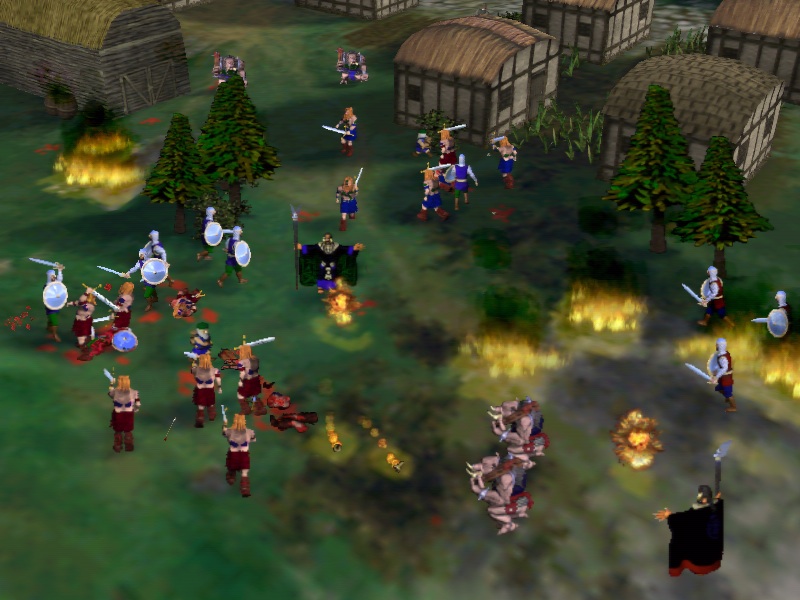

I received a full box, along with a promotional pack containing a press kit, a little comic book, a CD with screen shots and graphics, and a cover letter mentioning there was also supposed to be a pewter figurine that in my case seemed to have been accidentally left out. The first copy of Myth II arrived right on time, shipped off to me on December 11, 1998. Not only would I be able to review a major game release for a magazine I read on a regular basis at one of my favorite places in the city, but my first professional publication credit would be sitting on that table, where my friends could read and share it.
#PLAY MYTH II SOULBLIGHTER PC#
And on the table by the lounging area were always two magazines – PC Gamer and Computer Gaming World. My friends and I would sit, chat, snack, and play network games. Back then, I spent a lot of my free time at Digital Gamer, Kingston’s computer game version of a sports bar. To be able to review the second one was an incredible thrill. And they were 3D, with rotating cameras Myth: The Fallen Lords was the first game I’d ever seen where you could blow somebody apart and watch their head bounce downhill with a blood trail. They were adult fantasy RTS games with no resource collection at all – just tactics, combat, and lots of blood. Just about every RTS maker prior to Myth: The Fallen Lords had made RTS games that were as much about gathering resources and building bases as they were about battles. Wilson didn’t have a place for the article, but was impressed enough that he asked me to write a feature-length review of Myth II: Soulblighter, with a sidebar exploring how the game’s combat compared with history.Īlthough there may not be that many people who remember it today, Bungie’s Myth series was one of the giant leaps in the real-time strategy genre. I wrote an article titled “The Computer Game’s Place in the New Mythology,” and sent it to Johnny Wilson, the editor of CGW at the time.

Unfortunately, the gaming media at the time wasn’t, although Computer Gaming World had started to show some signs of change.

I was already thinking of games in terms of more than just a fun thing to play. I was in the fourth year of my bachelor’s degree in Medieval Studies at Queen’s University, and I had made the decision to stop writing Doctor Who fan fiction and make the leap to professional writing.


 0 kommentar(er)
0 kommentar(er)
